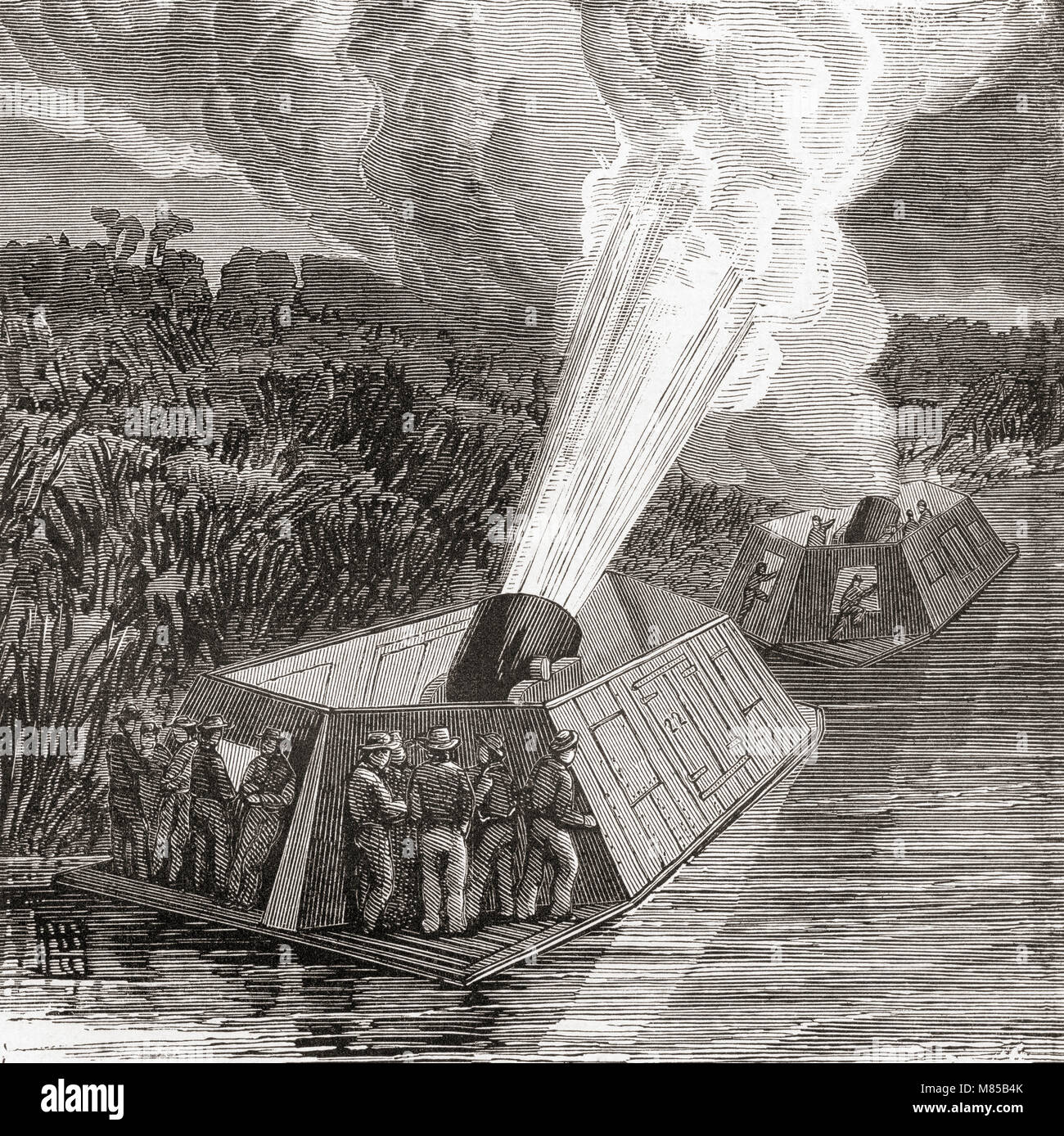

The first is HMS Victory, Admiral Nelson's flagship at Trafalgar.

Lovingly preserved at the Naval Base in Portsmouth, England, are two famous ships. She featured an iron hull, horizontal trunk steam engine, screw propulsion, breech loading guns, better stability through the innovative configuration of her single gun deck, watertight bulkheads and a sleek clipper bow. Warrior was clearly the product of an industrial age. HMS Warrior's "ultimate technology of 1860" was represented by iron hull and soft armor, broadside batteries of short-range guns, and dual propulsion of sail and box boilers to achieve a speed of fourteen knots. The first of the Royal Navy's many ironclad capital ships, she entered service in October 1861, somewhat over a year after the completion of the French battleship Gloire opened an international competition in armored warships that was to continue for over eight decades. HMS Warrior, a 9137-ton ironclad frigate, was built at Blackwall, England, and launched on 29 December 1860. Despite her revolutionary beginnings, Gloire's active service was relatively brief, as she was soon outclassed by newer ironclads and her wooden hull deteriorated relatively swiftly. The World's first seagoing armored warship, she seemingly rendered obsolete the unarmored ships-of-the-line that had previously dominated seapower among the larger Western nations. Gloire, a 5630-ton broadside ironclad battleship, was completed in August 1860. They are: Puritan (in the original twin-turret design) Catskill Montauk, Keokuk (citing her original name, "Woodna") Passaic Galena (behind Roanoke, with name not cited) Roanoke Winona New Ironsides Naugatuck Brooklyn and Monitor.ĭesigned by Stanislas Dupuy de Lone the La Gloire was laid down in April 1858, at Toulon, to be launched 24 November 1859. Line engraving published in "Harper's Weekly", 1862, depicting several contemporary U.S.


 0 kommentar(er)
0 kommentar(er)
